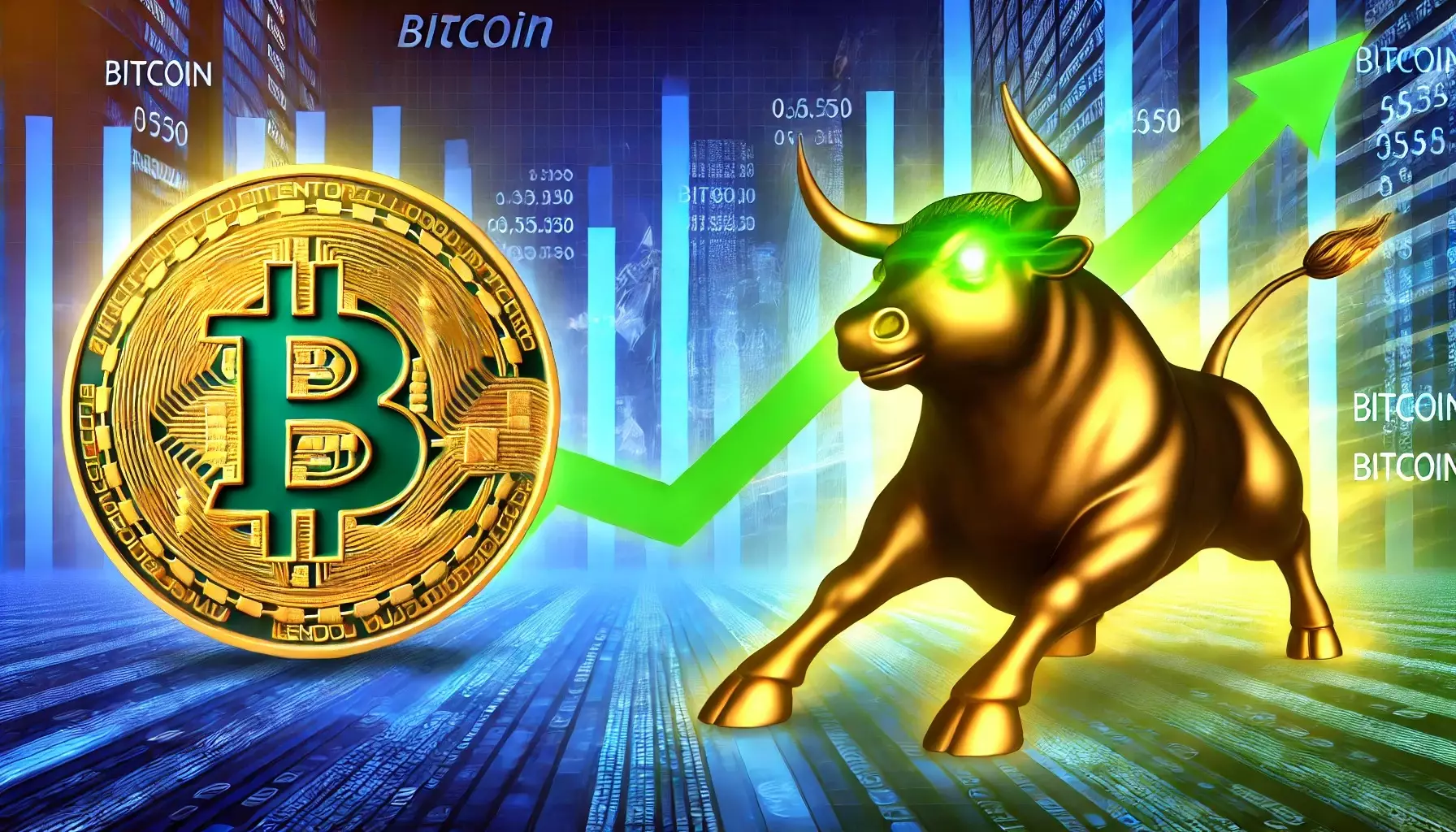As we near the end of September 2023, Bitcoin’s mid-month rally shows signs of fatigue, prompting a reevaluation among investors. The leading cryptocurrency has dropped below the carefully watched $65,000 threshold—an amount that not only holds psychological significance but also serves as a delineation between bullish and bearish sentiments in the market. While Bitcoin managed to close with a positive monthly candle, the recent shifts in the fear and greed index suggest a cooling in the previously prevailing greed. This retreat raises questions about the sustainability of Bitcoin’s current bull market. Nevertheless, some analysts remain optimistic about the cryptocurrency’s trajectory.
One prominent voice in the Bitcoin community is Ki Young Ju, the CEO of CryptoQuant. Ju maintains a firm belief in Bitcoin’s potential for continued growth, countering the hesitations voiced by many investors. His optimism isn’t mere conjecture; rather, it is grounded in careful analysis of technical metrics that track Bitcoin’s performance. Notably, he emphasizes the importance of the Bitcoin growth rate difference, a measure comparing Bitcoin’s market cap to its realized cap—two metrics that offer insight into market dynamics.
The market cap of Bitcoin is calculated by multiplying the current price of Bitcoin by the total available supply, reflecting the total monetary value assigned to it in circulation. In contrast, the realized cap considers the actual price paid for each Bitcoin when it last changed hands. This distinction is crucial; a rising market cap relative to the realized cap indicates a healthy appreciation in the value of Bitcoin in the hands of current holders.
Technicals Supporting a Bullish Outlook
Ju’s analysis suggests that the market cap is currently expanding at a faster rate than the realized cap, which is a bullish indicator for Bitcoin moving forward. Examining historical patterns reveals that such states generally suggest a thriving market, often preceding sustained bullish phases. According to Ju, this current trend that began in late 2023 has historically lasted approximately two years. If past patterns hold, Bitcoin holders could anticipate continued upward momentum for the foreseeable future.
Furthermore, the ongoing influx of capital from institutional investors lends additional credence to this bullish sentiment. Recent reports indicated healthy investments into Spot Bitcoin Exchange-Traded Funds (ETFs), with notable inflows that underscore institutional interest in the cryptocurrency landscape. The largest reported inflow of $494.27 million since July 22 is a telling sign of growing confidence from institutional players, especially when adding that just recently, those ETFs registered net inflows of $61.3 million.
Institutional participation is critical in establishing a foundation for Bitcoin’s sustained growth. Institutions entering the market not only amplify liquidity but also signal the asset’s growing acceptance within mainstream financial circles. These investments can create a reinforcing cycle where rising demand leads to further price appreciation, subsequently attracting more interest from smaller retail investors.
As Bitcoin hovers around the $64,080 price point, the prevailing sentiment is cautiously optimistic. Should institutional investment behaviors continue showing positive patterns, this could serve as a catalyst for a rejuvenated rally. The convergence between growing institutional interest and positive market technicals presents a compelling narrative for Bitcoin’s resilience.
The future of Bitcoin remains uncertain, with volatility inherent to its nature. However, as we analyze both the quantitative metrics and qualitative factors at play, there seems to be a strong case for a bullish phase continuing through the end of 2023 and into 2024. Investors and analysts alike will need to monitor both market trends and investor sentiment closely, particularly as more traditional financial mechanisms like ETFs become more prevalent.
While recent price movements reflect a moment of uncertainty, the interplay of market fundamentals, institutional engagement, and historical trends provide a robust framework for optimism. Whether this optimism translates into tangible gains remains to be seen, but indications point toward a potentially energizing chapter for Bitcoin investors in the coming months.
















Leave a Reply